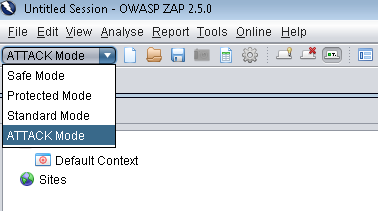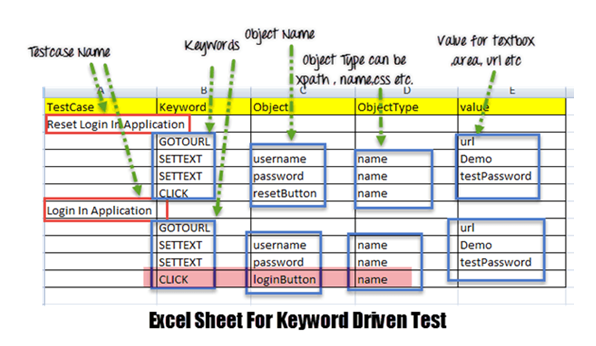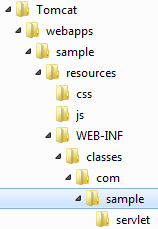This solution is developed in Java. The solution can be implemented where any File Download tool is not to be used.
Requirement:
Consider two applications:
- Web Application (WA): This application includes File Download Web Service (FDWS) for File Download
- Desktop Application (DA): This application is installed at multiple locations.
Download large file from WA to DA. The files are different per user.
If file download fails then next time
- Only the remaining file should be downloaded.
- But not the complete file.
Note:
- Max file size supported = Java int range.
- Files upto 19 MB are tested with this solution.
- The solution is still under testing and is subject to change.
Design Consideration:
The WA application breaks Large File in five files. The DA invokes file threads to write these files.
Each thread
- Reads one of the file files from WA
- Writes the content on desktop.
Once, all threads finish downloading then all files are combined in one file.
Pre-requisite:
- WA breaks large file into five different files.
- Large File Size = 100 MB
- Name of the file “Data.Zip”
- Create five files of equal size. Each file size = 20 MB.
- Name files in a way to define the order. For example.
- Data.Zip_0
- Data.Zip_1
- Data.Zip_2
- Data.Zip_3
- Data.Zip_4
- WA intimates DA that data is read and DA can start downloading. This step may vary in different applications.
Implementation Guidelines:
- DA opens threads to read different files. See Figure 1
- Create an object that extends Thread.
- Five threads are opened to read five files. Refer to Pre-requisite section 1.d.
- Each thread
- Is instantiated with an Index number starting from 0 to 4.
- Creates a file on desktop with same Index.
- Creates a FileOutputStream object that points to this file.
- Each thread calls FDWS.
- Thread sends Index number and User Id with the request.
- DA creates Timer and Timer Task to watch threads. See Figure 1
- This timer is scheduled to execute after every 5 seconds.
- The timer keeps checking if all threads have finished reading or not.
- If thread is finished reading then
- Timer is cancelled.
- WA is informed that downloading is complete .
- All files are combined to create one file.
- FDWS receives request from DA. See Figure 1
- Receives the request from CA.
- Reads Index and User Id from requests.
- Creates a File Object that matches the Index.
- Creates a FileInputStream object with this File.
- This FileInputStream object is maintained in a class variable.
- The variable is Map>
- The FDWS will be receiving requests from multiple threads. Hence, User Id should be synchronized.
Updating above Map should be done in this synchronized block.
- FDWS reads the file and sends data to DA. See Figure 1
- Reads 50000 bytes from FileInputStream.
- It uses int FileInputStream.read(byte[] bytes) method.
- The read bytes are sent to DA.
- It also intimates status File Reading Not Finished.
- However, if the FileInputStream object finished reading file, then it intimates status File Reading Finished.
- A thread in DA writes data in its own file. See Figure 2
- If thread receives File Reading Not Finished then it writes data to a File with FileOutputStream object.
- If thread receives File Reading Finished then
- The thread is interrupted.
- Updates flag that file reading is finished.
- Timer instantiated above checks for the same flag.
- Once finished, DA combines all files and creates one file. See Figure 3
- In case if any thread receives an error, then all threads are aborted.
- DA calls another Web Service that informs WA that download is stopped.
- Next time when threads start, it carries the amount of bytes downloaded.
- WA skips these numbers of bytes from file and starts reading the file.
- WA keeps checking for request from User Ids. If request from a user is not received for 5 minutes then all FileInputStream objects are removed from memory.

Figure 1

Figure 2

Figure 3





